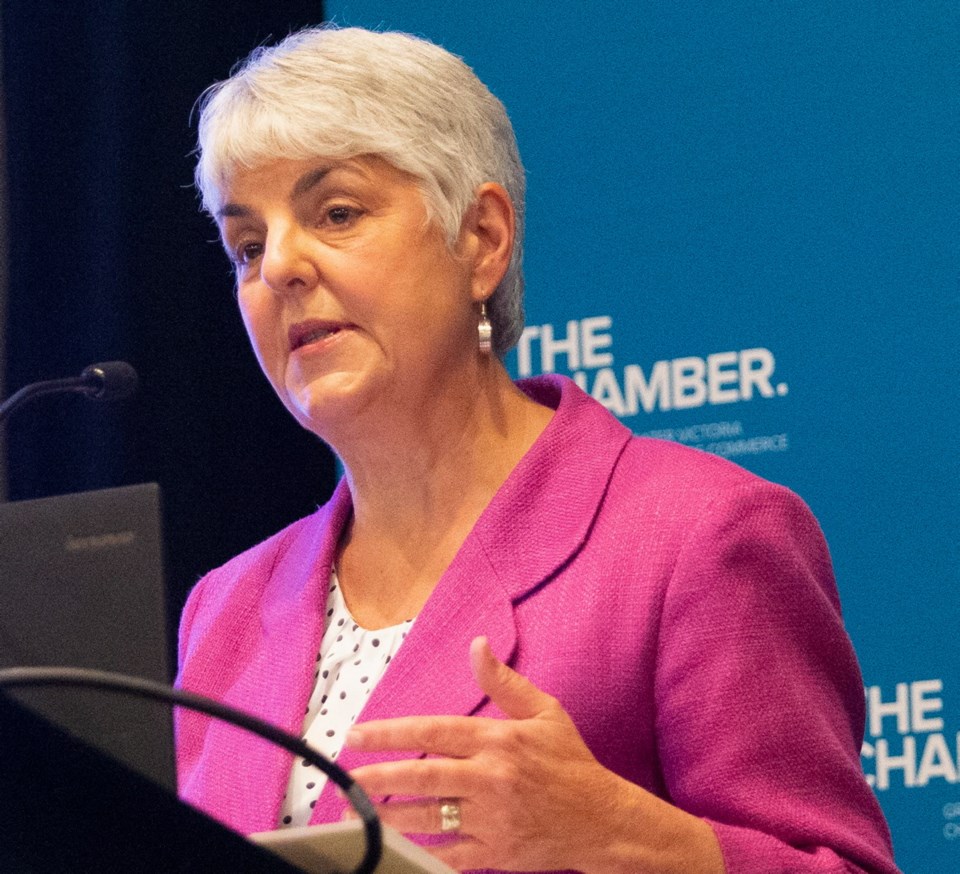The unemployment rate climbed last month in Greater Victoria and across the country as the COVID-19 pandemic took its toll on the economy, but analysts say they’re seeing signs that the worst could be over.
The capital region’s unemployment rate hit 10.1 per cent in May, its highest level since 2001, when Statistics Canada began collecting comparable data, senior analyst Vincent Ferrao said Friday. That was up from 7.2 per cent in April, and from 3.6 per cent a year ago.
The number of people working in the capital region slid to 179,200 last month from 187,700 the previous month, according to Statistics Canada’s labour force survey for May.
Year-over-year, job numbers are down by 13,300 in the capital region, Ferrao said.
Sectors with the largest drops in the past 12 months include retail and wholesale trade, and accommodation and food services. The figures reflect the challenges facing Greater Victoria’s tourism industry, one of the foundations of the region’s economy, as it prepares for what is predicted to be a grim summer because borders are closed and cruise ships are banned.
Sectors that held steady in the past year or saw a slight increase in job numbers include construction, manufacturing, education, and professional, scientific and technical services.
The unemployment rate province-wide increased to 13.4 per cent, as more people started looking for work. The rate was 11.5 per cent in April.
Finance Minister Carole James said the numbers continue to show a volatile labour market across every sector and in every region.
But B.C. saw an increase of 43,000 jobs in May, as people began returning to work.
“We are beginning to see some glimmers of increased confidence, but we also know we have a long road ahead of us to recovery,” James said.
Overall, the province has lost more than 353,000 jobs since the pandemic started, James said. Younger people have been particularly affected, with an unemployment rate of 28.9 per cent.
Accommodation, food services, wholesale and retail trade are suffering the most, making up 46 per cent of all jobs lost, she said.
B.C.’s one-time $1,000 emergency benefit for workers has been distributed to more than 521,000 individuals, she said.
The federal government has announced that $14 billion will be going to provinces to help restart their economies, and James is hoping for details in the coming week on how that will work.
“As more and more workplaces safely reopen in B.C., our economic recovery is going to start taking shape.”
Nationally, employment numbers rose by 290,000, bringing some bright news to the country, where a total of three million jobs were lost due to COVID-19.
Canada’s unemployment rate of 13.7 per cent is at its highest level since it began collecting comparable data in 1976.
Cory Renner, the Conference Board of Canada’s senior economist, said the new job numbers indicate the worst of the economic decline due to the virus is over. “It’s reassuring to see job growth this month, which lines up with other positive data, such as the uptick we saw in consumer confidence last month,” said Renner, who predicted that job growth will accelerate in June, as reopenings across the country continue to gain steam.
Jock Finalyson, the Business Council of B.C.’s chief policy officer, said it was a “pleasant surprise” to see employment numbers in the province move up.
Further gains in employment are expected as more sectors of the economy reopen in June, July and August, he said.
What’s unknown is how many of the jobs lost will return.
Some businesses have closed permanently, while others are reopening under new operating procedures, with limits on customer numbers.
Surviving businesses might not need as many staff as in the past, Finalyson said.
We are also in the midst of a global recession, which affects manufacturing companies reliant on exports, he said.
“I do think we are bottoming out. It has turned out to be a horrific economic decline, but I think it is going to be relatively brief in duration.”



